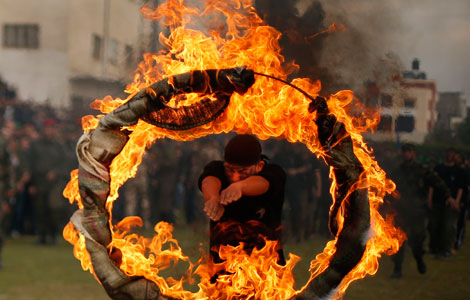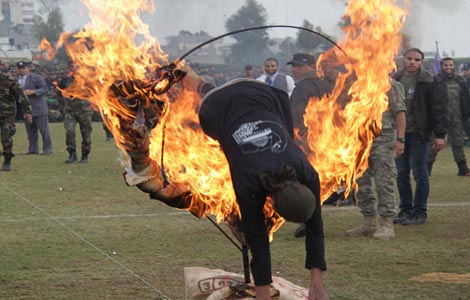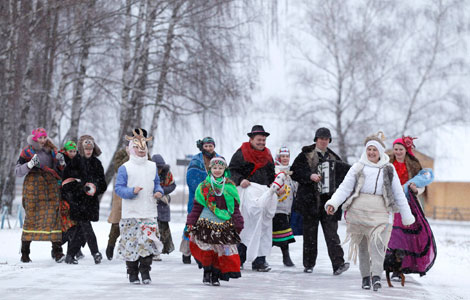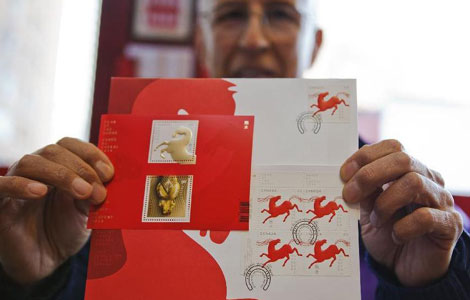

MORE CATTLE GO TO MARKET
Australia is the world's second largest wheat exporter and the third largest raw sugar exporter.
While the wheat harvest is now complete for the 2013/14 season, saving broadacre farmers from the brunt of the current heat-wave, livestock farmers across the east coast are struggling.
Benchmark Australian beef prices, the Eastern Young Cattle Indicator, have fallen almost 10 percent in the last month as farmers, struggling to find sufficient water and food for animals, send increased numbers to slaughter.
Australia's cattle herd will fall to 25 million head during the 2013/14 season, the lowest since the 2009/10 season, due to increased slaughtering, the Australian Bureau of Agriculture and Resource Economics and Sciences said in December.
Australia, the world's third largest beef exporter, is forecast to sell 1.085 million tonnes in the current season, buoyed by increased slaughter rates and strong Chinese demand.
Australia must invest in greater research to understand how the intensifying heat waves will have an impact across a wide range of infrastructure, Steffen says.
"It is essential that we understand the influence of climate change on heat waves to ensure that health services, transport providers, farmers and the community are prepared for what is happening now and what will happen increasingly in the future," he said.







